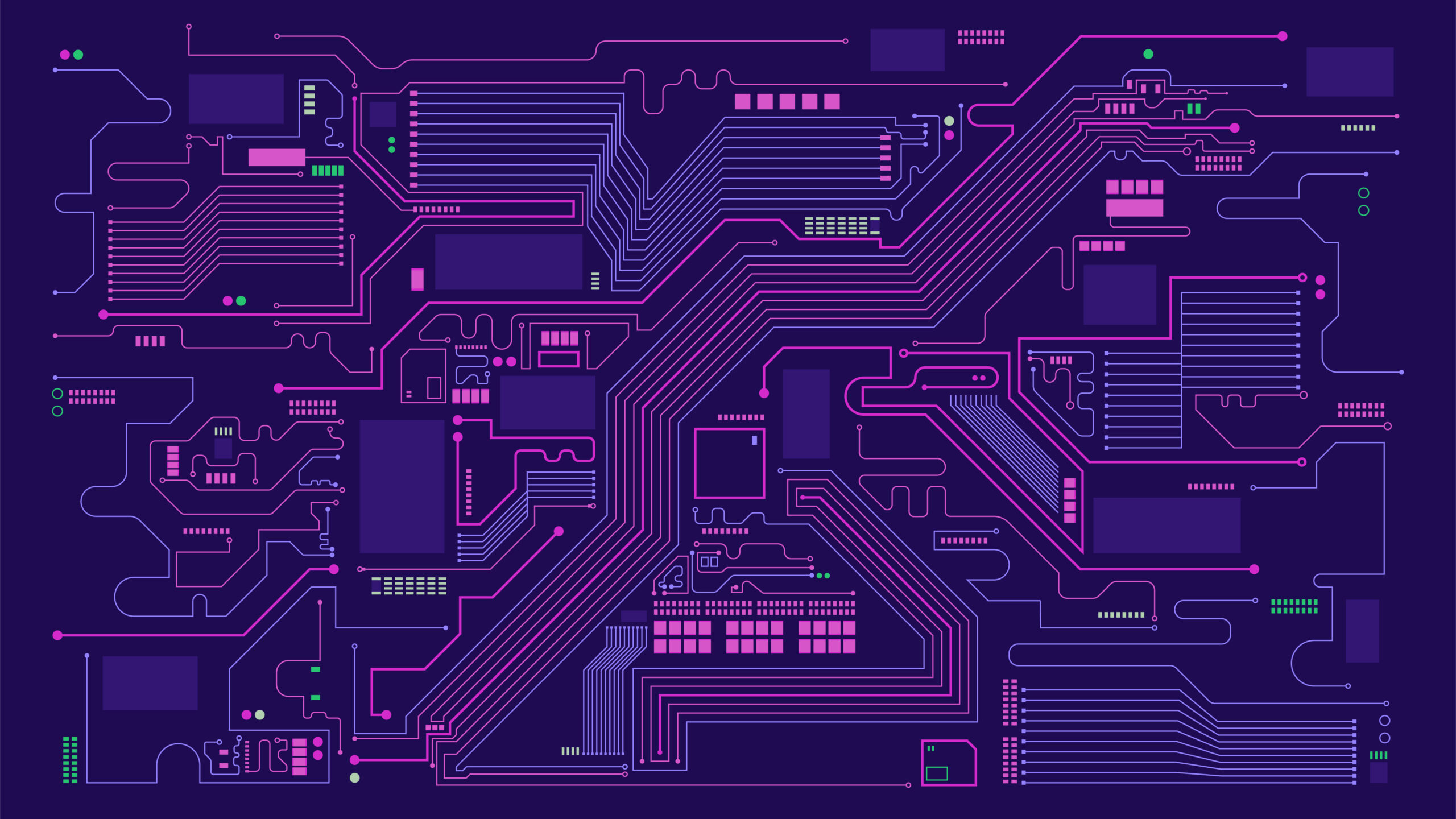I know this is a datacenter application, but for the consumer space, if/when CXL-enabled CPUs come to market, can the OS be installed to a CXL drive, and what, if anything, will a CXL-based drive do for OS load times, application load times, and game-level load times? Will CXL drives enable persistent memory, for near instant OS loads from cold boot? Is the proliferation of CXL why Intel cancelled Optane? This samsung drive seems like Optane on steroids.
I have so many questions about what CXL will enable for the consumer market. Like as the PC consumer market begins its transition to DDR5 RAM, should I save my DDR4 RAM modules... will they be able to one day be used in a CXL.mem device for additional RAM/cache/storage?


